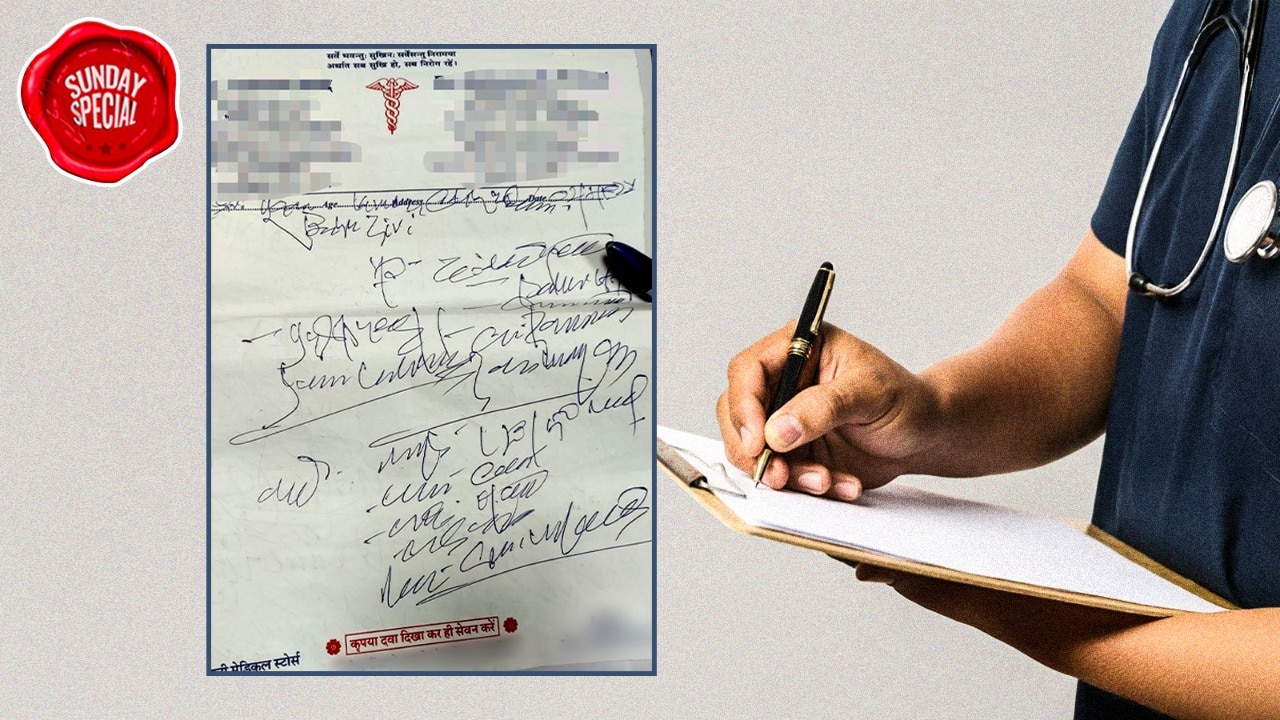During a bail hearing last week involving charges of sexual assault, the Punjab and Haryana High Court faced an unexpected hurdle—a doctor's handwriting. The judge was unable to read a single word of the medico-legal report, remarking that "the conscience of the court was shaken" by its complete illegibility. Such was the abysmal situation that the court recommended that handwriting lessons be introduced in medical education, and set a two-year deadline for digitising prescriptions.
advertisement
Doctors heal, they comfort—but their handwriting has long been a problem in both healthcare and legal systems. Most people have one time or another found themselves squinting at scribbles and scrawls on the prescription sheets. At times, chemists and fellow doctors too break a sweat to make any sense of them.
Poor handwriting can lead to incorrect medications, wrong dosages, delays in legal cases, and in extreme cases, even life-threatening.
But why do doctors have such bad handwriting? Is it a contribution of the medical education system or is there a point when handwritings get worse? How do examiners decipher what's been written by medical students and award them degrees? And, more importantly, is there a way to fix the bad handwriting problem?
Bad handwriting of doctors is an everyday problem, and has even made headlines at regular intervals. Today, there are even AI tools designed to decipher doctors' prescriptions.
A decade ago, in 2014, after a barrage of complaints, the Medical Council of India (MCI) recommended that doctors w
Continue Reading on India Today
This preview shows approximately 15% of the article. Read the full story on the publisher's website to support quality journalism.
